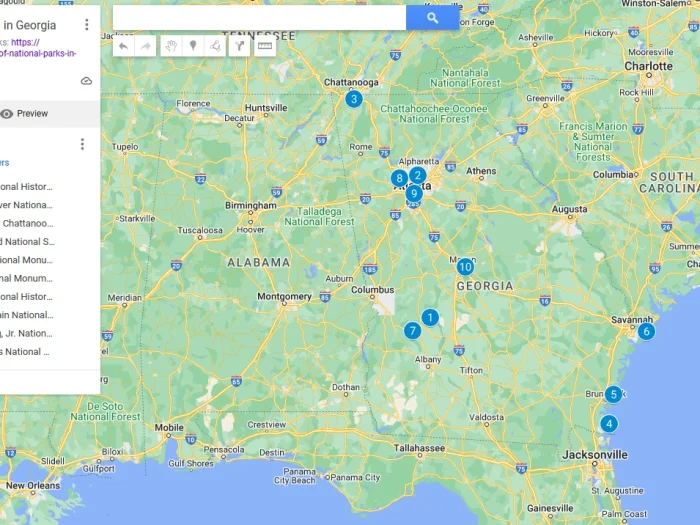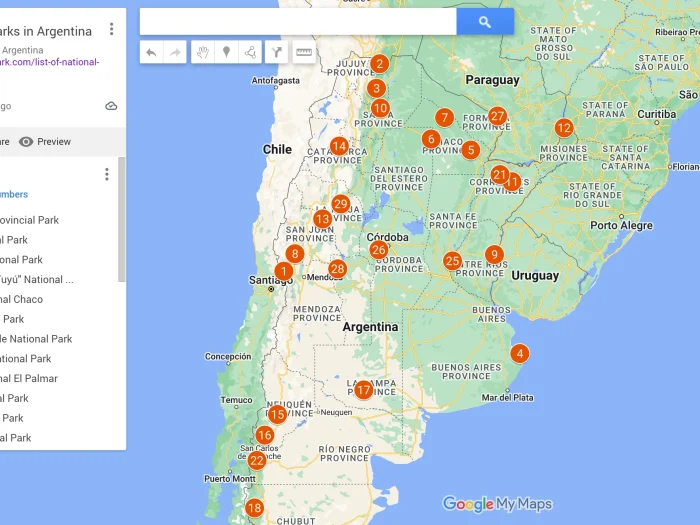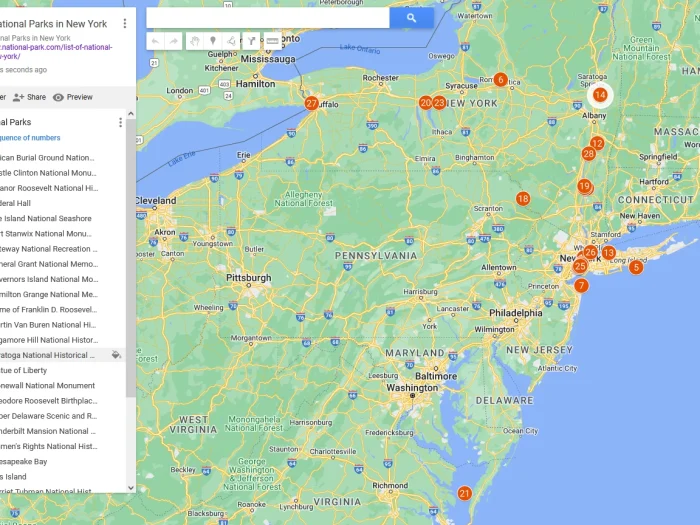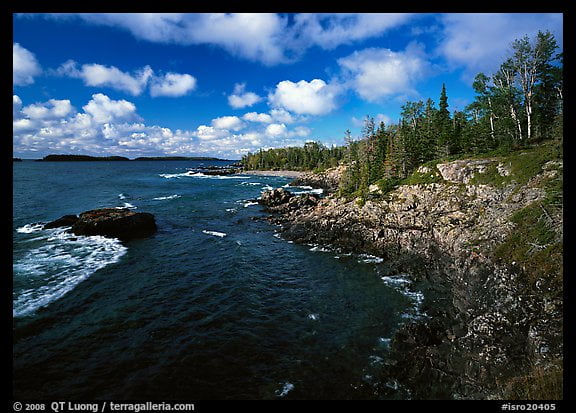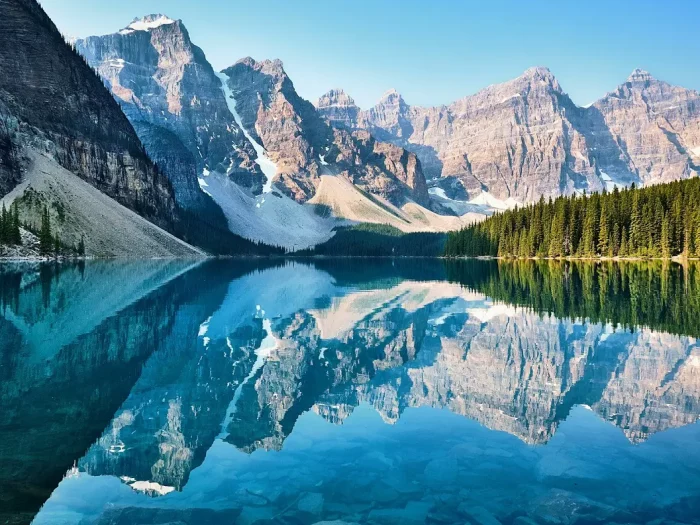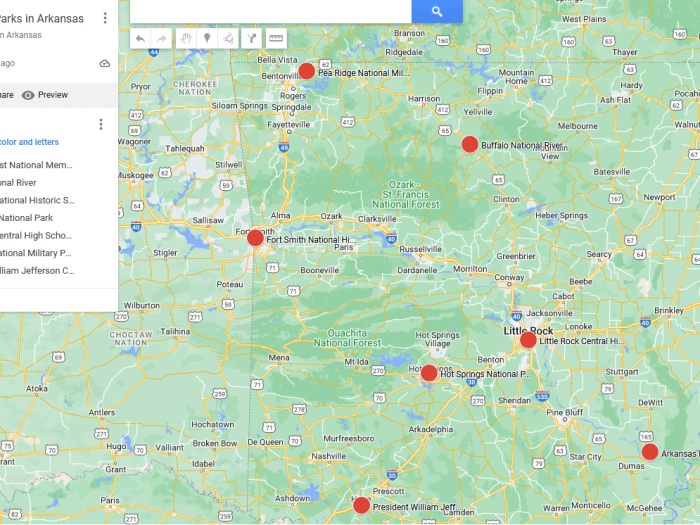Lake Superior: A Freshwater Giant
Where is Lake Superior?
Lake Superior is located in central North America, straddling the border between Canada and the United States. The lake is bordered by the Canadian province of Ontario to the north and the U.S. states of Minnesota to the west, Wisconsin to the south, and Michigan to the southeast.
Lake Superior, aptly named for its size and majesty, reigns supreme as the world’s largest freshwater lake by surface area. Holding a staggering 10% of the world’s surface fresh water, it’s a North American treasure shared between Canada and the United States.
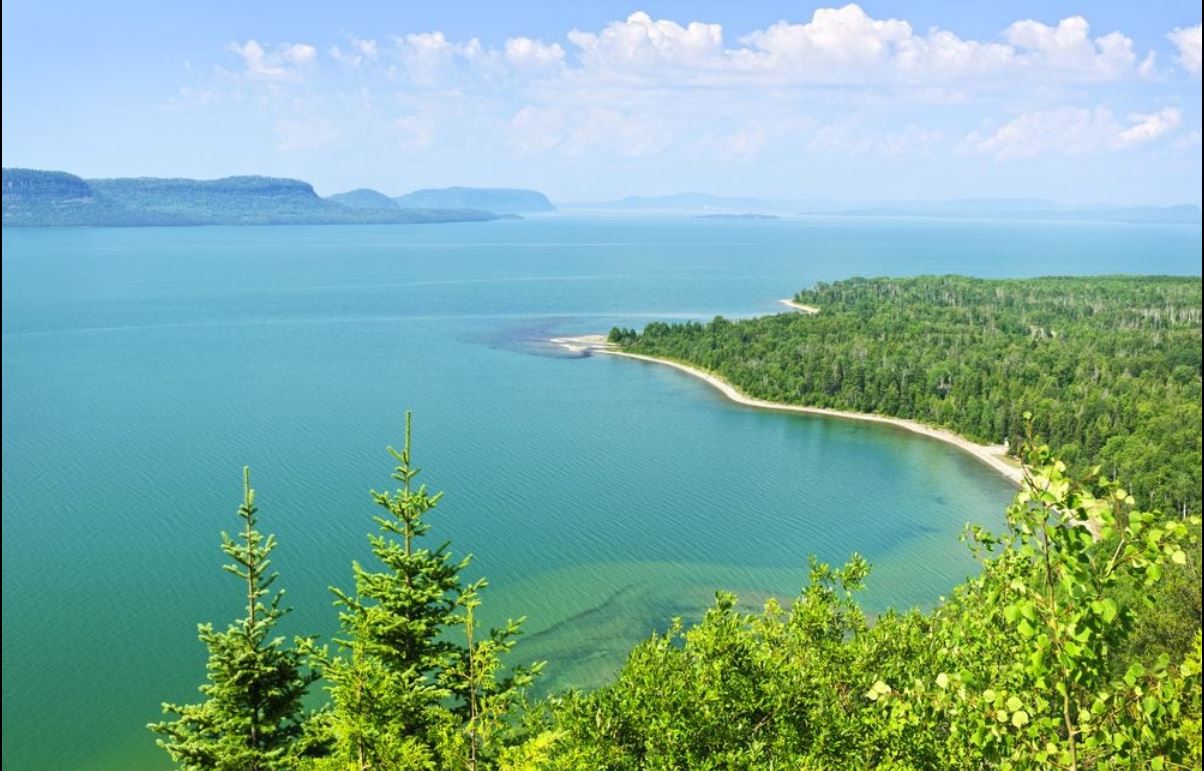
A Great Lake by Any Measure
Spanning 350 miles long and 160 miles wide, Lake Superior boasts a surface area exceeding the combined size of several US states. Its impressive depth reaches a maximum of 1,332 feet, making it the deepest of the Great Lakes and ranking it third among the world’s freshwater lakes by volume.
Lake Superior’s impressive depth reaches a maximum of 1,332 feet (406 meters). This makes it the deepest of the Great Lakes and ranks it third among the world’s freshwater lakes by volume.
A Rich History and Diverse Ecology
Carved by glaciers millennia ago, Lake Superior’s history stretches back billions of years. The Ojibwe people called it Kitchigami, meaning “great lake,” a fitting tribute to its vastness. French missionaries later named it Lac Supérieur, translating to “upper lake” due to its position at the head of the Great Lakes chain.
The lake’s ecosystem is teeming with life. Fish species like lake trout, walleye, and sturgeon find refuge in its cold, deep waters. A scattering of islands dot the surface, providing habitat for birds and other wildlife. Isle Royale National Park, located on the largest island in Lake Superior, is a haven for outdoor enthusiasts.
A Recreational Paradise
Lake Superior’s shores offer a variety of activities for visitors. Hikers can explore scenic trails, kayakers can paddle along the coastline, and history buffs can visit lighthouses that stand sentinel over the water. In the winter, the lake transforms into a wonderland for ice fishing and snowmobiling.
Environmental Stewardship
Lake Superior faces environmental challenges, from invasive species to climate change.
Despite its size, Lake Superior’s ecosystem faces challenges. Pollution from industrial sources and invasive species threaten the delicate balance of the lake’s environment. Conservation efforts are underway to protect this vital resource for generations to come.
Lake Superior is more than just a vast body of water; it’s a cultural touchstone, a recreational haven, and an ecological marvel. As the largest freshwater lake in the world, it serves as a reminder of the importance of preserving our precious natural resources.
Things to do in Lake Superior
Witnessing a Lake Superior sunset is a spiritual experience – the sky ablaze with hues of fire and water.
Discover the Arlington Shipwreck: The SS Arlington, a bulk carrier, sank on May 1, 1940 after encountering a storm on Lake Superior. It was carrying grain when it encountered rough weather and foundered off the coast of Michigan’s Keweenaw Peninsula. The Arlington rests at a depth of about 600 feet (183 meters) roughly 40 miles (60 kilometers) north of Michigan’s Keweenaw Peninsula. The wreck of the Arlington now lies in relatively shallow water, making it a popular site for divers interested in exploring maritime history.
Fishing: Fish year-round for over 80 species, including trout, salmon, and walleye.
Lighthouses and Waterfalls:
- Tour historic lighthouses along the shore.
- Explore nearby waterfalls surrounded by lush greenery.

